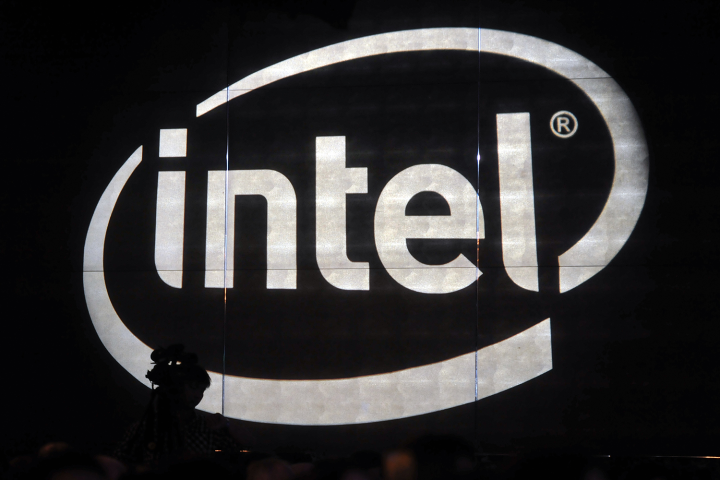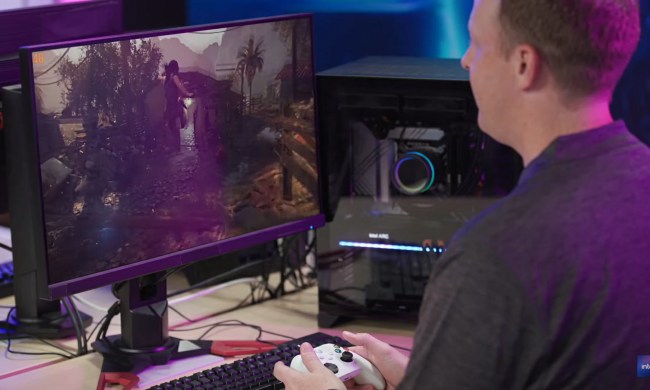
Intel’s forthcoming graphics chips are poised to deliver some serious competition to Nvidia, which embraced real-time ray tracing when the company launched its RTX series graphics cards late last year. Intel also announced that it will back the new feature.
For gamers, ray tracing brings cinematic rendering by rendering how light is absorbed, reflected, or refracted on surfaces in real time. Initially, Intel’s support for ray tracing will be for the company’s data center graphics cards. Intel’s line of discrete graphics cards are scheduled for a 2020 launch.
Though Nvidia’s GeForce RTX graphics are targeted at consumer desktops and laptops, Intel’s Xe graphics architecture is used primarily for data centers. Intel is targeting creatives with its server-based technology, and the company envisions that hardware-based ray tracing on its Xe architecture will be utilized for visual effects and in animated films.
“Studios continue to reach for maximum realism with complex physics processing for cloth, fluids, hair and more, plus modeling the physics of light with ray tracing,” Jim Jeffers, a senior principal engineer and senior director of Intel’s Advanced Rendering and Visualization team, wrote on the chipmaker’s blog. “These algorithms benefit from mixed parallel and scalar computing while requiring ever-growing memory footprints. The best solutions will include a holistic platform design where computational tasks are distributed to the most appropriate processing resources.”
Earlier this year at the GPU Technology Conference, Nvidia showed off how it will leverage its server-based RTX graphics to allow designers to collaborate on creative projects. RTX servers will also be used as part of Nvidia’s GeForce Now game streaming platform as the company fends off new competition from Google’s emerging Stadia service, which is powered by graphics from rival AMD.
There’s speculation, however, that support for ray tracing could trickle down to Intel’s forthcoming line of consumer graphics cards. “Given that this type of functionality is typically embedded at a foundational level in the microarchitecture, Intel’s support for ray tracing with data center graphics cards strongly implies the desktop variants could also support the same functionality, though it is noteworthy that the company is splitting its offerings into two distinct architectures,” Tom’s Hardware reported.
Intel hasn’t given any indications if it will support ray tracing on consumer graphics, though the company had stated in prior interviews that it would bring unspecified new experiences to its graphics cards. AMD, on the other hand, previously stated that it will only adopt ray tracing once the feature can be supported on all of its graphics cards, not just the premium ones. Since the launch of the RTX graphics cards, Nvidia appears to have shared in AMD’s vision, and ray tracing support has been extended to older GTX series cards with varying degrees of performance.





